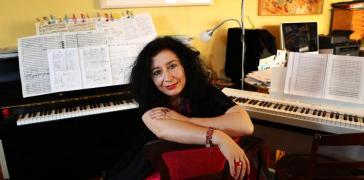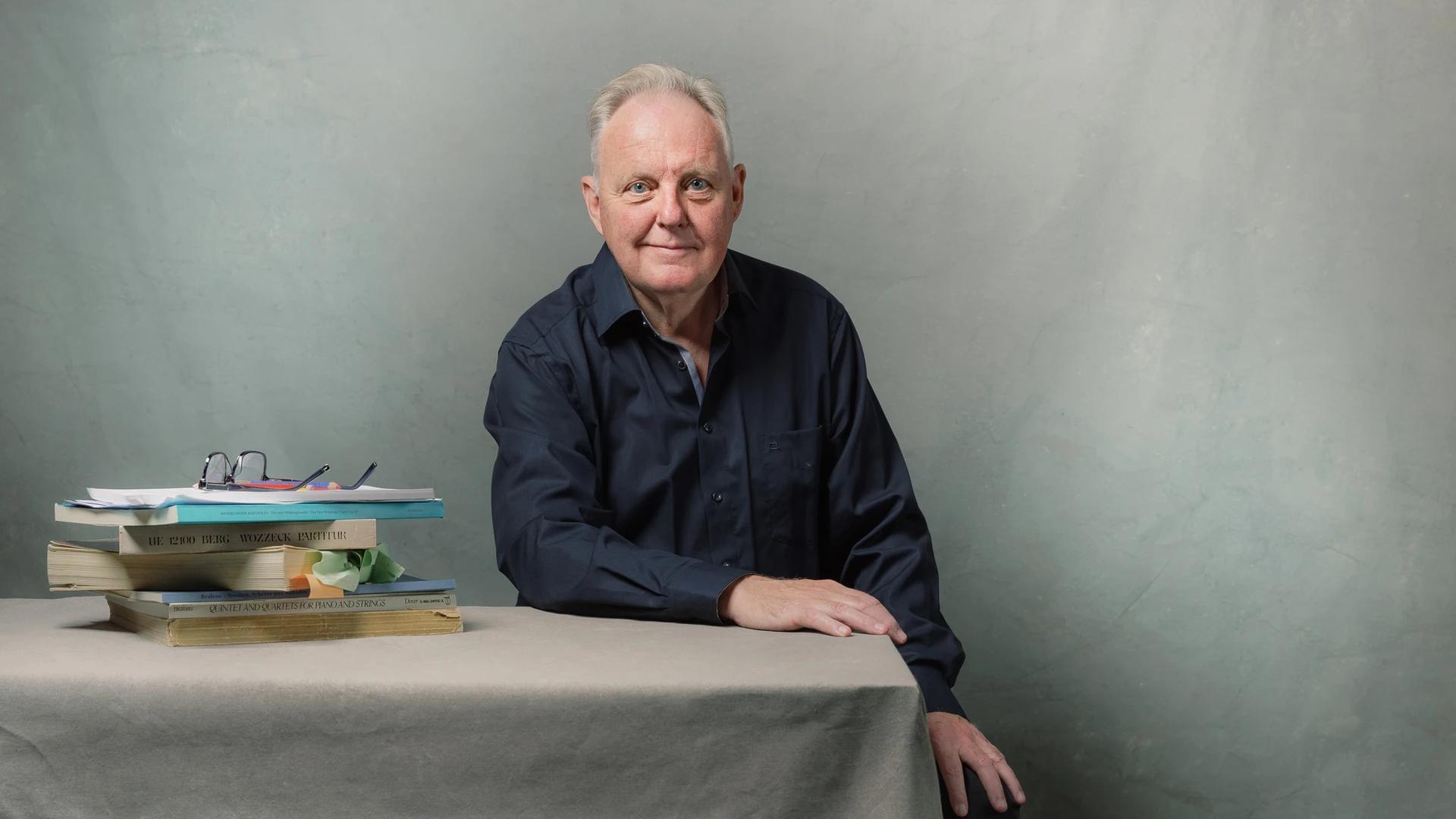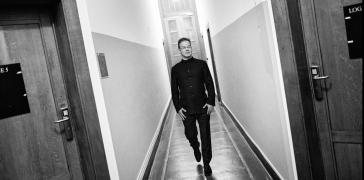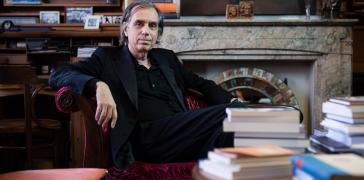
Henk de Vlieger: "The Art of Gradual Transition"

On 3 December, the Belgian National Orchestra led by chief conductor Antony Hermus will perform a symphonic compilation of Wagner's musical drama Tristan und Isolde at Bozar. The score for this concert was compiled by Dutch percussionist, composer and arranger Henk de Vlieger. His compilations and arrangements are regularly performed around the world.
How did you get into symphonic compilations?
For almost 40 years, I was a percussionist with the Radio Filharmonisch Orkest, but I always composed and arranged in parallel. In the early 1990s, these activities were given a boost when Edo de Waart, the orchestra's principal conductor at the time, asked me to make a symphonic compilation of Wagner's Ring cycle for a tour of Germany. It was a huge success, with the compilation being released on CD the same year. A little later, I received a commission for a symphonic compilation of Parsifal. When a new orchestra director took up his post - who wanted to publish a boxed set of compilations of Wagner's music dramas - I was also asked to compile Tristan und Isolde. Over the last twenty years, various foreign orchestras and conductors have discovered these suites. That's how it all started!
Are you a big Wagner fan yourself?
Not necessarily, and that's where the misunderstanding always lies. I've only been to Bayreuth once, and I didn't even see a production. We just drove around the Festspielhaus, without even going inside because the musicians were rehearsing. Before Edo de Waart asked me for my first compilations, we had just played the entire Ring cycle in concert with the Radio Filharmonisch Orkest. That was my first contact with Wagnerian music. Wagner is obviously a formidable composer, a musician who cannot be ignored. He radically changed the history of music and his influence is still as great today.
What are the ideas behind your symphonic compilation of Tristan und Isolde?
When you make a symphonic compilation, you have to choose fairly long extracts in which the orchestra plays the leading role. For the Ring, I was quite successful in telling the original story in this way. This 'strategy' didn't work with Parsifal, which is why I chose to concentrate on the ritual aspect. For Tristan und Isolde, the selection also gave me a hard time, and in the end I settled on seven extracts that conveyed the feelings of the protagonists. More concretely, after the prelude, we immediately enter the second act: the moment when the King goes hunting, Isolde falls into ecstasy and she finally meets Tristan. I've called their duet - the heart of the opera - 'Nachtgesang' (Night Song). This scene is brutally interrupted by the return of the King. Then there are three extracts from the third act. The first focuses on Tristan's feelings, the second on the meeting between
Tristan and Isolde, and the third ends with the famous Liebestod.
For the concert on 3 December, you have extended the symphonic compilation in consultation with Antony Hermus, by adding sung passages. The orchestra will be joined on stage by Tristan (Ben Gulley), Isolde (Martina Serafin) and Brangäne (Barbara Koselj).
That's right! The original compilation lasts around 70 minutes. Antony Hermus had asked me to extend it so that it would last the whole evening, without an interval, and to include some sung passages. After consulting each other, we decided to use singers for the love duet in the second act. The 'Nachtgesang' is therefore much longer. Isolde’s Liebestod passage is also sung. The original concept - to let the protagonists' feelings be heard - has been maintained. On the other hand, all the outdoor scenes - King Marke's hunting horns, Brangäne's warnings, the English horn solo - are played by musicians who are not on stage.
Every music history book says that Tristan und Isolde marked a turning point. How would you explain this based on the score?
In his musical drama, Wagner broke out of the tonal framework for the first time. And right from the start, right from the prelude, to the point where we find it hard to identify it clearly. For more than four hours, the composer holds us spellbound with chords that seem to hang in mid-air. Mike Poddé, presenter of the highly acclaimed Dutch television programme Podium Klassiek, once said: "I can't listen to Wagner, let alone his Tristan und Isolde. There are no full stops, only commas". And indeed, it is only at the end, during the Liebestod, the ecstatic climax of the work with the reunion in death of Tristan and Isolde, that Wagner puts a full stop to the score. It is exactly the same music, incidentally, that Wagner uses in the duet in the second act, but here there is no point: the musical tête-à-tête is abruptly interrupted by the arrival of the king.
And as for the orchestration?
Wagner is of course also famous for having really innovated in terms of timbre and orchestration. Tristan und Isolde is a fairly late work, composed after Das Rheingold and Die Walküre. The addition of instruments such as the bass clarinet and the alto oboe, as well as the use of numerous families of strings, with different solo strings, enabled him to bring out timbres that had never been heard before. Wagner showed incredible skill in this area. In a letter to Mathilde Wesendonck, he described it as "the art of continuous transition". Wagner took the time to build up these transitions with harmonies and orchestrations, creating penetrating movements of ebb and flow.
What was your collaboration with Antony Hermus like?
Fifteen years ago, I received an e-mail I wasn't expecting: "You may not know me, but I'm Antony Hermus, GMD (Generalmusikdirektor) in Hagen. To mark the orchestra's centenary, we have produced a CD with a recording of your symphonic compilation of Tristan und Isolde. Can you give me your address so that I can send it to you? I replied and received the CD. When I listened to it, I was really shocked. What an incredible interpretation, it was simply superb. We met in Amsterdam and that was the start of a long collaboration. Antony Hermus is now a great advocate of my Wagnerian arrangements. It's great to work with him, because we're really on the same wavelength musically.
🎫 Info & tickets for the concert on Sunday, December 3rd
By Mien Bogaert


